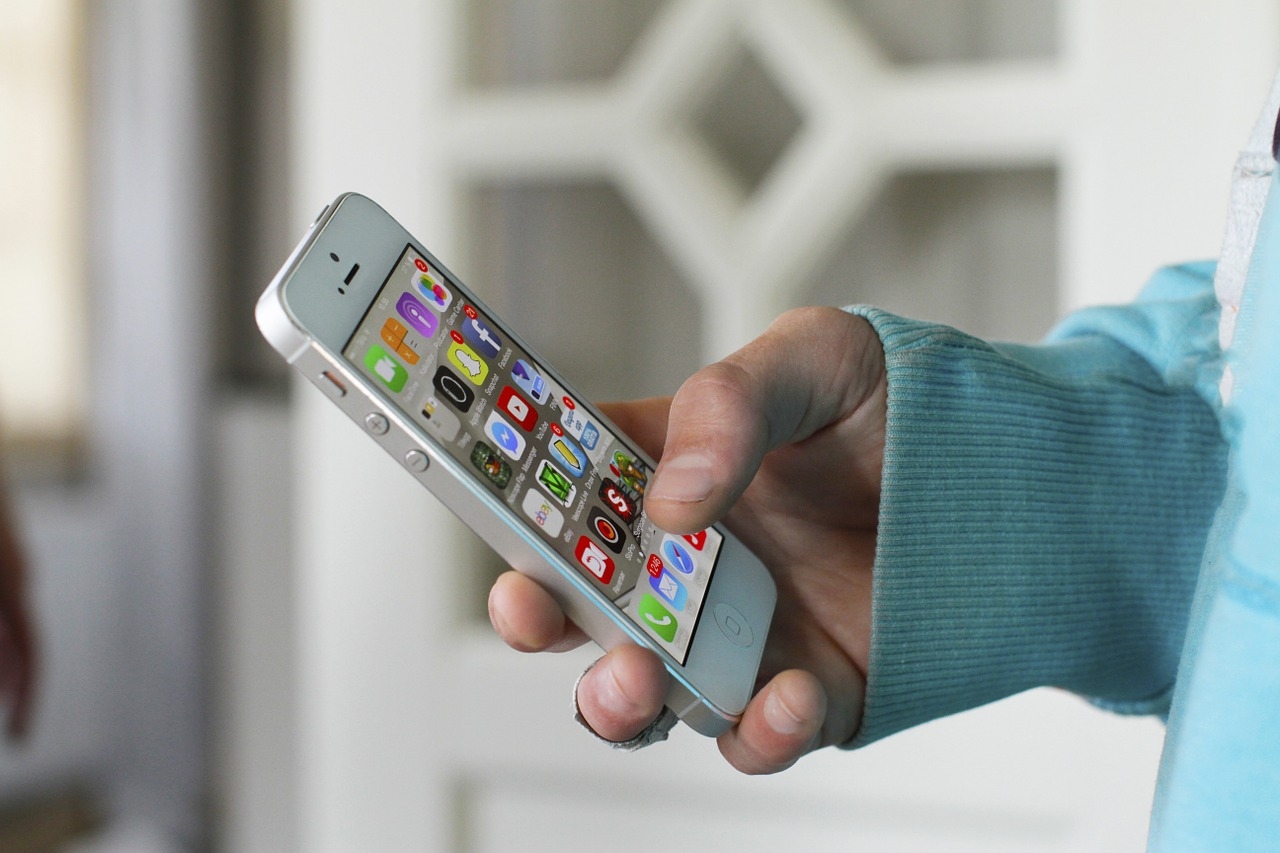Want to take advantage of technologies like geofencing and iBeacons to attract new business and further engage with customers but not sure how to get started? Here’s a bit on the basics.
You need an app ASAP
In order to be able to reach out and interact with consumers right on their smartphones, you first need their permission to do so. That’s done via an app. One must take these 3 steps for iOS and the new Android M before he/she can be targeted by location:
- Install brand’s app on personal device
- Opt-in to allow for location tracking
- Opt-in for push notifications
In other words, you need to develop your own audience and that’s where your app comes in. Your goal is to get as many customers as possible to install your app, and therefore become active app users to which you can reach out, engage and interact with.
This should come as no surprise as that’s the same principle used on email marketing, where your first step is to grow your database. The difference is that through an app, your message is right in your customers pockets, literally.
Another thing to consider is that becoming an active app user takes a bit more commitment from your customers (downloading and installing app, opting-in for location tracking and push notifications) which means you can expect your best customers to join, your loyal brand advocates.
Ever heard that your best salesperson is a happy customer? Well, that’s true here as well. Not only this kind of marketing allows you to send personalised communication to your customers but also, your most loyal customers, who are much more likely to help your message resonate. Don’t ignore the power of happy customers. Get to know them and the rewards will pour in.
Making it work without an app
You should work towards building your own audience inside your own app but, there is a way to make use of technologies like geofencing and iBeacons even if you don’t have an app yet.
Here’s how it works. You can send an offer (coupon, passes) via email, for example, to whoever you like. It works as an email attachment. If, at the receiving end, your prospect downloads the attachment onto their smartphones, that offer sits in their digital Wallet and can act as if they had an app set up to trigger on location, for example. You can also share offers via QR codes with the same exact principle.
Beyond the app
If the advantages of having your own app are not clear yet, take this: Once you have an app user, you can reach them on any of their other connected devices, even if your app is not installed on that device.
For example, instead of pushing a notification to someone’s smartphone, why not their smart watches? Depending on the message, even their desktop computer might be the best outlet to push to. Finally, to close the loop on your omni-channel quest, think email. Wouldn’t it be nice to know that once a customer visits your store, you don’t necessarily have to interact at the moment they’re there, but instead follow-up later on with a relevant email?
So, where do you stand? Have an app yet? Looking to grow your audience? Contact us. Regardless of where you’re at on your journey towards mobile excellence, our team of experts can help you take the next step.


